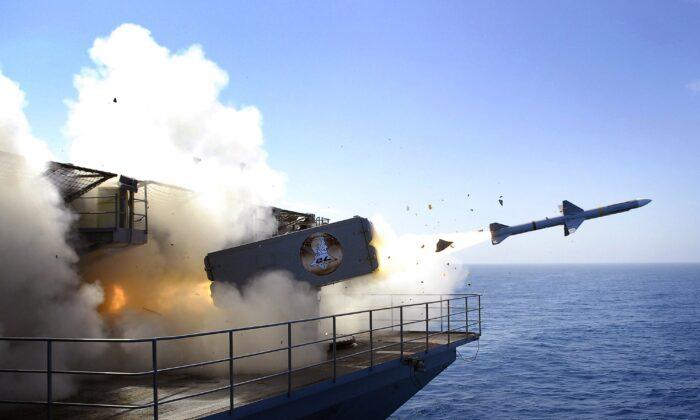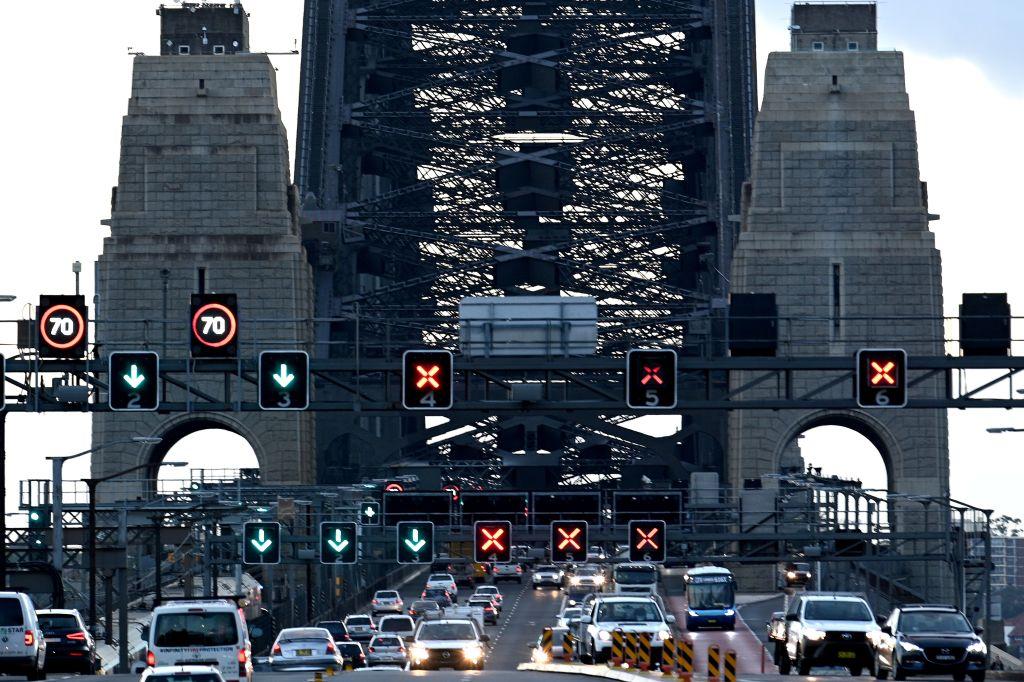A top U.S. military official has floated the idea of stationing the American landing craft Down Under to help move Australian resources in the event of a regional conflict.
A landmark defence review into Australia’s military recommended a pivot away from land power to missiles and long-range strike capabilities, warning the nation may not have enough marine landing craft to transport tanks and vehicles offshore.
The pivot includes scaling up the number of army landing craft while slashing an order of new infantry fighting vehicles from 450 to 129.
US Army Pacific Chief of Staff Brigadier General James Bartholomees told AAP watercraft units could be stationed in Australia to help complement the Australian Defence Force.
It follows an announcement from his commander Charles Flynn that a company with more than a dozen marine transport vehicles would be stationed in Japan to assist with logistics and transporting troops to the island of Okinawa, which sits further south near Taiwan.
“We want to put a watercraft company down in Australia and use it for the same reason,” the brigadier general said.
“They are essential to the joint force.”
He said the two nations were working together to complement each other as the Australian Defence Force grapples with reprioritising capabilities in order to be able to strike adversaries deeper into the Pacific.
“I know the ADF is balancing, ‘how much ... land force do we cut in order to build that?’ That is a tough question for every military, but it’s certainly one we are working with them to complement,” he said.
“Because where they accept risk, potentially other nations have to come alongside to help and support.”
Small landing craft can carry five to eight tanks and associated equipment, while larger ones can transport 25.
The Pentagon is working with Australia on combined “multi-domain taskforces”, which take in the numerous branches of the military, including air, land, sea and space.
A multi-domain task force has travelled from Hawaii to Australia to participate in the Talisman Sabre wargames taking place this week in order to streamline operations between the varying branches of the military as well as the two defence forces.
“You don’t just go on the field and play football,” the brigadier general said.
“You have to physically get out there, you have to get dirty, and you have to exercise muscles.”
He said that land power was still necessary to support and conduct long-range strikes as the ADF adopts the new mantra of “impactful projection”, which focuses on striking adversaries at a greater distance.
Brigadier General Bartholomees said the interoperability between the various arms of the military needed to be strengthened through the taskforces “in order to allow for land forces to support targeting in the maritime and in the air with long-range fires”.





